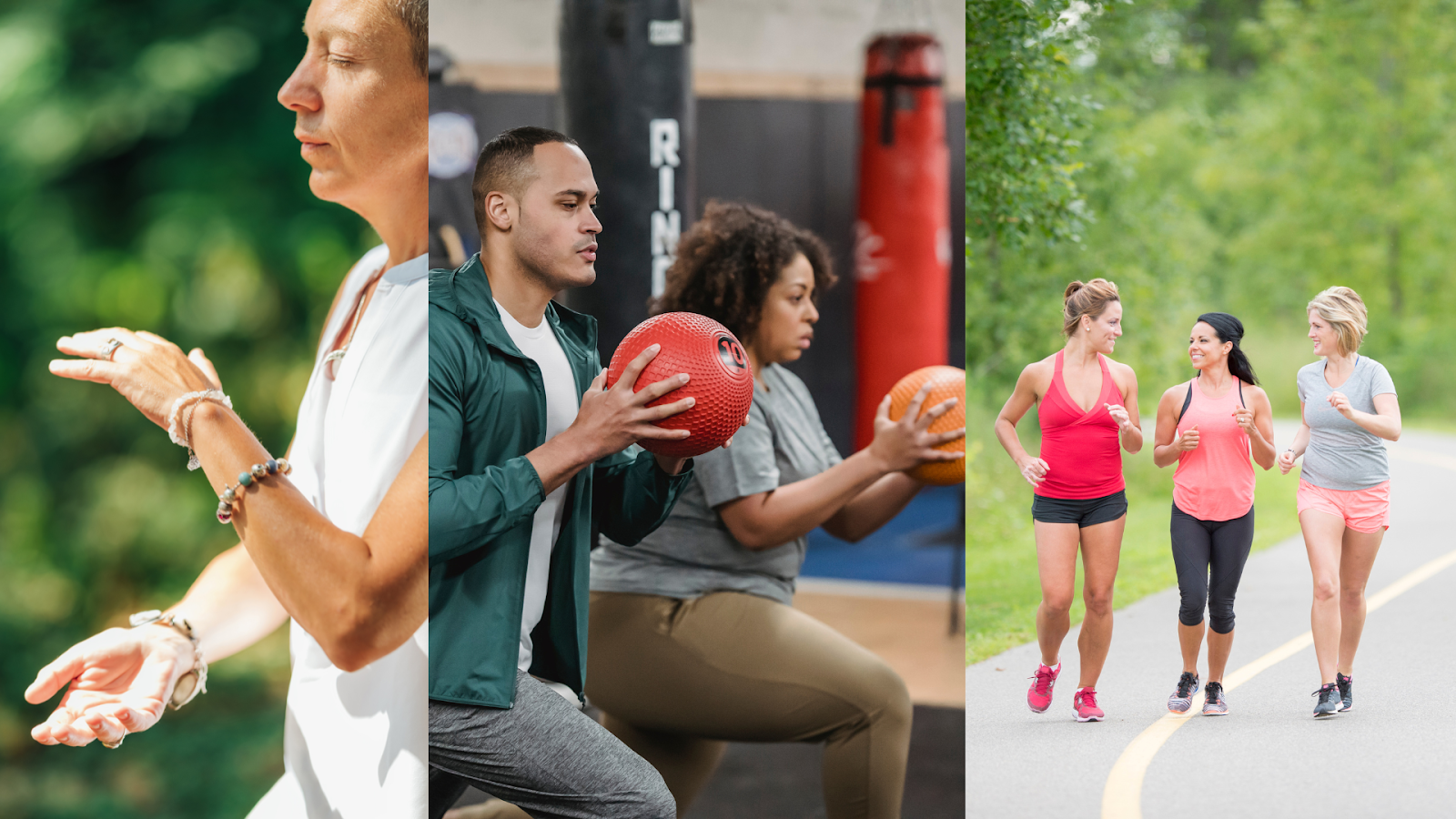When it comes to Parkinson’s Disease, there's no silver bullet. But there is something surprisingly powerful, proven, and entirely within reach: exercise. No fluff, no hype — just solid science and real-world results.
Exercise Isn't Just Helpful — It's Essential

If exercise could be bottled into a pill, it would be the most prescribed treatment for Parkinson’s. That’s not just poetic — researchers are finding that regular physical activity may not only slow disease progression but might even improve symptoms and enhance brain health.
Professor Bas Bloem, a leading Dutch neurologist and one of the world’s top Parkinson’s experts, says exercise should be prescribed just like medication. Why? Because brain scans show something astonishing: after six months of regular exercise, people with Parkinson’s actually regrow dopamine transporters in the brain. These are the very systems that break down in Parkinson’s.
Tangible Benefits Backed by Research
Recent studies show that exercise:
-
Improves balance, mobility, flexibility, and posture
-
Enhances mood and mental clarity
-
Strengthens muscles and bones
-
Improves cardiovascular and lung function
-
Reduces the risk of cognitive decline
-
Might slow or even reverse some neurological damage
One Yale School of Medicine study found that intensive aerobic exercise may reverse neurodegeneration in Parkinson’s — something previously thought impossible. And there are over 130,000 articles on the topic and 137 active clinical trials exploring exercise and PD right now. This isn’t a fad — it’s a scientific movement.
What Kind of Exercise Works Best?
The best exercise is the one you’ll actually do. Research and patient experience suggest a mix of activities is ideal:
-
Aerobic/Cardio (e.g. walking, cycling, cross-training): gets your heart pumping and improves stamina.
-
Strength Training (e.g. weights or resistance bands): supports posture and everyday movement.
-
Flexibility & Balance (e.g. yoga, Pilates, Tai Chi): enhances stability and helps prevent falls.
-
Neuromotor Skills (e.g. dance, boxing, agility drills): boosts coordination and mental sharpness.
-
Voice & Hand Exercises: often overlooked, but vital for communication and fine motor control.
Even “snack-sized” movement counts. Can't do an hour? Take the stairs. Do ten minutes here and there. It adds up.
Real Life: Michel’s Story
Michel, a member of the No Silver Bullet 4 PD community, exercises six days a week — and it shows. Diagnosed five years ago, he now hikes, strength-trains, cycles, and stretches. He's regained his handwriting with daily hand exercises. He uses voice training to maintain speech strength. His energy and symptom control have improved dramatically — and he credits consistency and variety.
What About Intensity?
Forget heart rate monitors — many people with PD can’t rely on them. Instead, follow the “pant and chat” rule: exercise hard enough that you're breathing heavier, but not so hard you can’t hold a conversation. Sweat is your friend.
And it helps to time your workouts for when your medication is working (your “on” time). Some people even slightly adjust their meds to ensure they can exercise effectively — always check with your doctor first.
But I’m Tired. Or Scared. Or Just Not Motivated.
You’re not alone. Fatigue, apathy, time, and fear of falling are real barriers. But here’s how people are pushing through:
-
Use a trainer or physiotherapist — especially early on to build confidence.
-
Exercise with a buddy — it’s more fun and keeps you accountable.
-
Track your progress — apps like PD Buddy let you journal your routine, earn badges, and stay connected.
-
Reward yourself — Michel swears by a long bath after training.
And if you're worried about falls, try stationary cycling. Four points of contact (hands and feet) make it safer than walking.
You don’t need to be an athlete to fight back against Parkinson’s — you just need to move. Consistently. Purposefully. And with hope.
If there were a pill with the same benefits as exercise, we’d all be lining up to get it. The good news? It already exists. It’s called movement — and it’s free.
So lace up. Plug in your favorite playlist. And start today — even five minutes is better than nothing.

